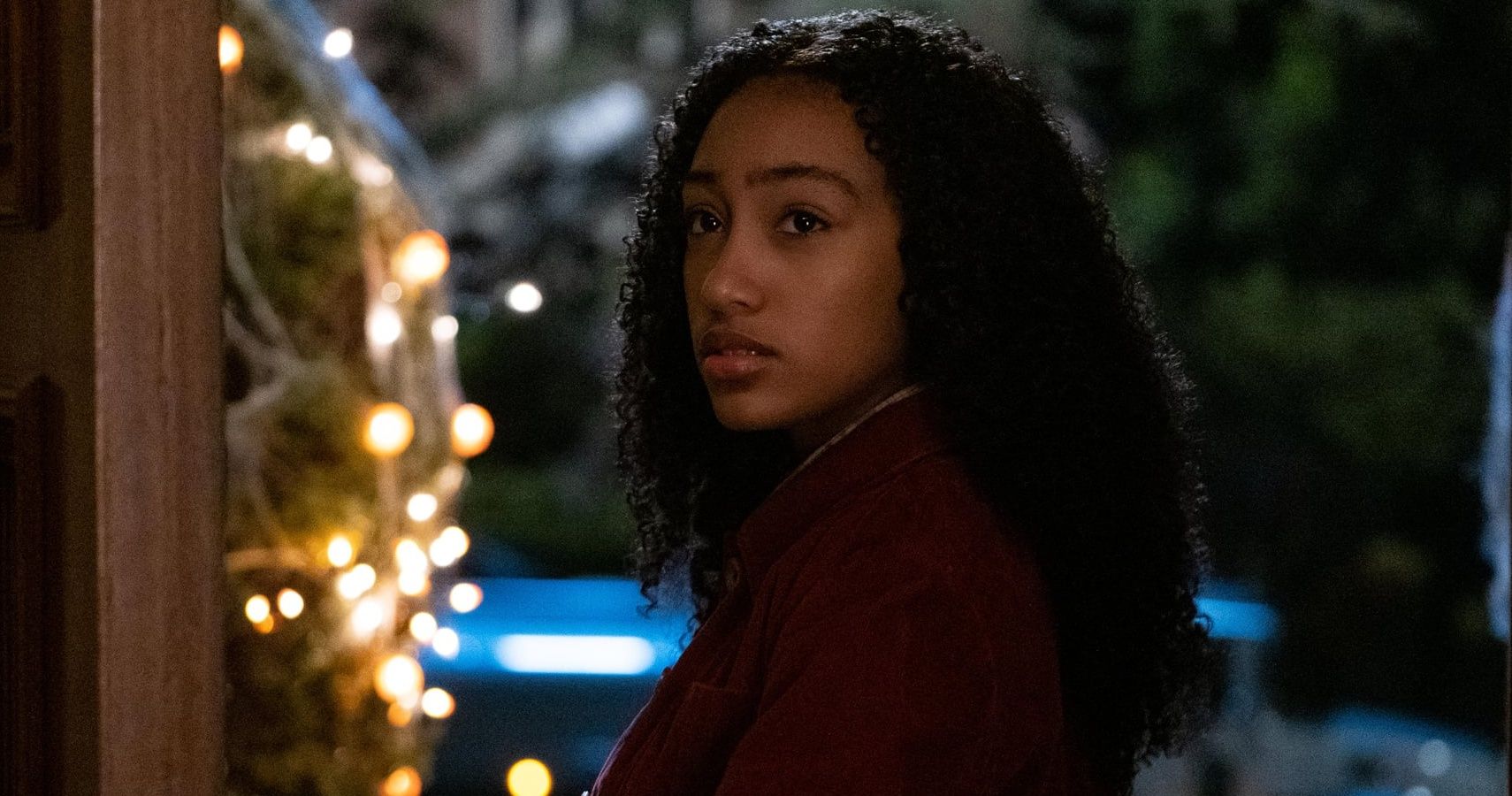A Compelling Examination of Privilege, Race, and Motherhood
Little Fires Everywhere (2020) is a limited television series produced by and starring Reese Witherspoon and Kerry Washington, adapted from Celeste Ng’s bestselling 2017 novel of the same name. Set in the affluent, meticulously planned suburb of Shaker Heights, Ohio in the late 1990s, the show unravels a slow-burning domestic drama that evolves into a complex, emotional, and often uncomfortable exploration of motherhood, class, race, and identity.
The story begins with a literal spark—a mysterious house fire that destroys the seemingly perfect home of the Richardson family. The narrative then rewinds to trace the events leading up to the blaze, centering around two women from vastly different backgrounds: Elena Richardson (Reese Witherspoon), a wealthy white journalist and picture-perfect suburban mother of four; and Mia Warren (Kerry Washington), a nomadic Black artist and single mother with a mysterious past. When Mia and her daughter Pearl move into a rental owned by the Richardsons, their lives quickly become entangled, with tensions simmering beneath the surface.
As their daughters become friends and the families grow closer, a custody battle over a Chinese-American baby—abandoned at a fire station and later adopted by the Richardsons' friends—triggers a series of moral and emotional confrontations. The case pits questions of biological motherhood against socioecprivilege, loyalty against legality, and exposes the deep racial and cultural divides in the seemingly progressive community.

Witherspoon and Washington deliver riveting performances as women who are, in many ways, reflections and foils of each other. Elena is obsessed with order, appearances, and doing what’s “right” in the eyes of society, while Mia operates outside traditional structures, guided by instinct, passion, and a fierce protectiveness over her daughter. Their confrontations—whether passive-aggressive or overtly combative—form the emotional core of the series, highlighting the power dynamics between white liberal privilege and Black resilience.
The series excels in expanding the novel’s themes with visual symbolism (notably, fire as both destruction and renewal), strong supporting performances, and timely conversations about race, reproductive rights, and parenting. Lexi Underwood as Pearl and Megan Stott as Izzy Richardson, in particular, shine as daughters caught in the emotional and ideological crossfire of their mothers’ lives.

One of the show's strengths is its nuanced portrayal of its characters. No one is wholly good or bad—each character is driven by a mix of fear, love, insecurity, and desire. The show pushes viewers to question their assumptions, particularly about what constitutes a “good” mother, who gets to decide what’s best for a child, and how systemic privilege shapes personal choices.
Visually, the series is polished and atmospheric, with a 1990s setting rendered through era-specific costumes, music, and design. The storytelling unfolds slowly but deliberately, allowing time to delve deeply into each character’s motivations and backstory. While some critics noted the show’s melodramatic tendencies, many praised its ambition and the emotional weight of its themes.
In conclusion, Little Fires Everywhere is a thought-provoking and emotionally charged drama that ignites important conversations about race, class, and motherhood in America. It challenges viewers to consider how seemingly small decisions can have far-reaching consequences—and how the desire to control one’s world can end in both liberation and ruin. With powerhouse performances and timely social commentary, the series stands as one of the most compelling and culturally relevant dramas of its time.



